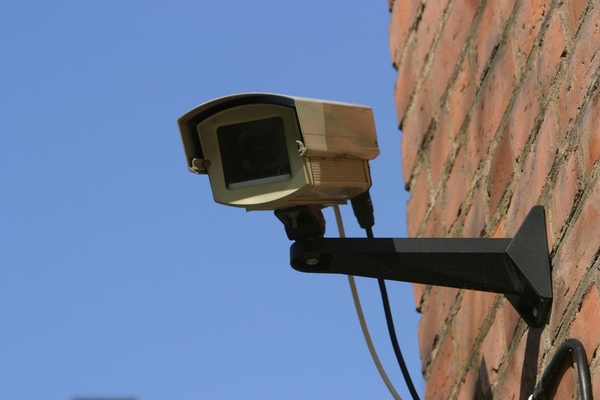How To Choose The Best Position To Mount Your Security Cameras

Without doubt the most important factor of any CCTV system is the location you choose to mount your security cameras. Without choosing the right camera location, your entire surveillance system will be far less effective than it might otherwise be. In fact, having a camera installed properly in the right location is even more important than the type of camera you buy even the most expensive CCTV cameras cant see around corners! So what are the different factors that need to be taken into account when setting up a dome camera in your home? Lets evaluate!
Click Here For A Huge Selection Of Bullet Cameras!
The first important decision to make is to choose the area that you want to monitor with each security camera. Will this be your front door? Will it be your outside gates? Or will it be your garage area containing the new sports car that you just bought? Whatever the area that you want to monitor, you should be sure that the camera is facing this way and that the whole area is encompassed within the picture or the camera lens. Many people, for example, want a camera locked in on an outbuilding or extension of a home, but they simply have the camera on the door of it. This means that anyone could break into the area through a window and not even be noticed! Think like a criminal and work out the different places that your home could be the most vulnerable.
It is also important to assess how much light is in the area, as a dome camera can be notoriously sensitive to both low and high amounts of light. The perfect area will have a medium amount of light such as that given off by street lights or naturally by the sun. It is also very important not to mount the dome camera right next to a light, as this will cause it to go in and out of focus as it tries to work out the optimum lens size to monitor the area. If an area is too dark for a regular dome camera, then you might need to consider purchasing a low light camera instead, although the pictures on this will usually be in black and white.
For most low light surveillance applications many home owners and professional installers opt for a dome camera with infrared LEDs. The LEDs will allow the cameras to secure all areas with little or no light. Once the camera senses the lighting conditions are too poor for it to perform it will trigger the LED lights and create its own light!
The final consideration to make is the likelihood of the dome camera being tampered with. Dome cameras are available in tamper and weather proof forms. But it is important to understand that CCTV cameras are not the most robust pieces of equipment. If someone manages to get their hands on them, they could for sure damage them. One blow to the face of a dome camera could shatter the case and expose the delicate camera inside, which would be costly for you especially if the vandals are not caught due to lack of CCTV footage! The best way to ensure that they are not damaged is to place them high up on a wall or on a pole.
As can be seen, there is a lot of thought that needs to go into the placement of a dome camera. The camera placement is just as important as the camera type. If you do your homework and plan your system out correctly, the dome camera and your complete system will be a potent weapon for protecting your family, and most valuable assets.


